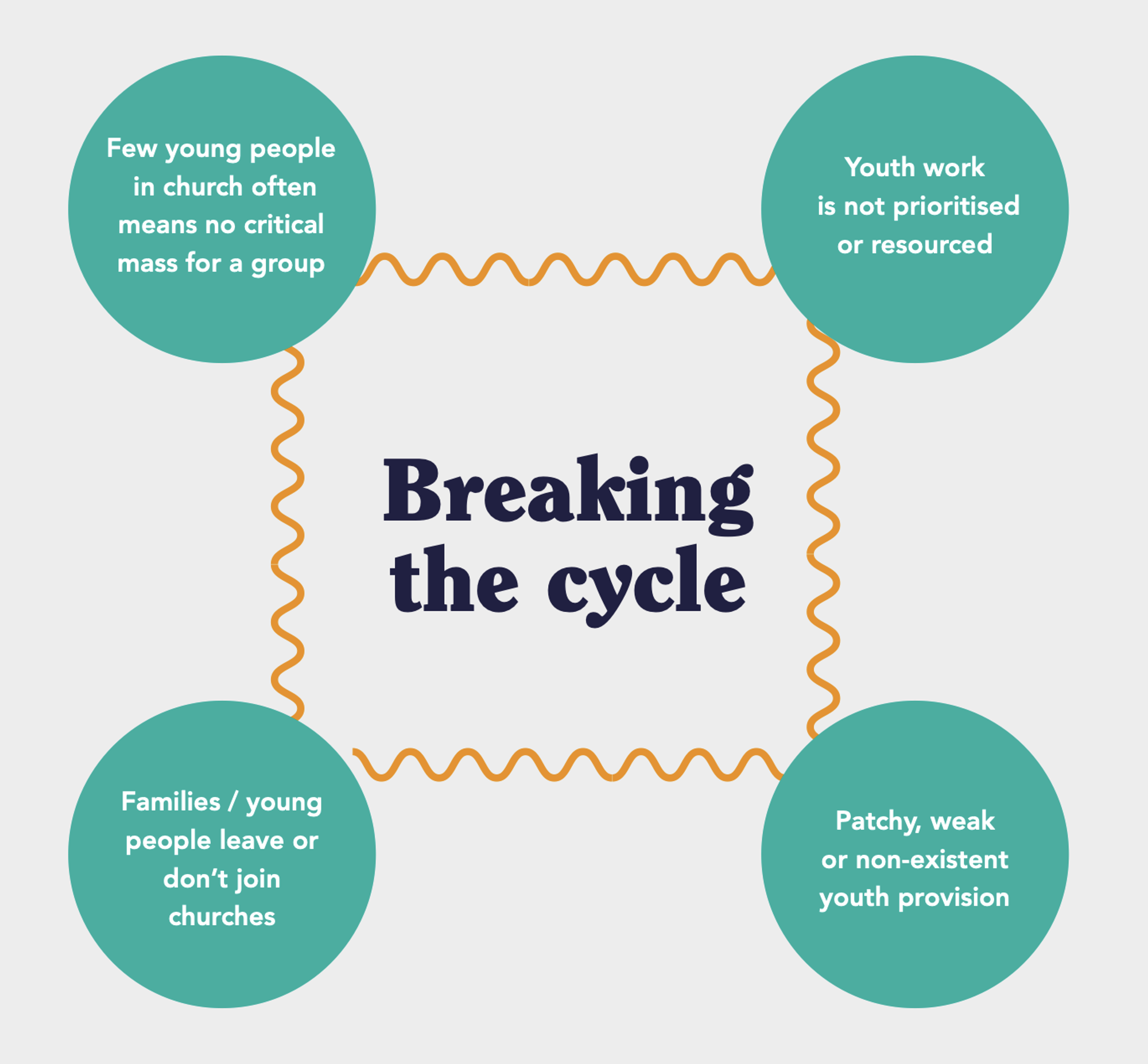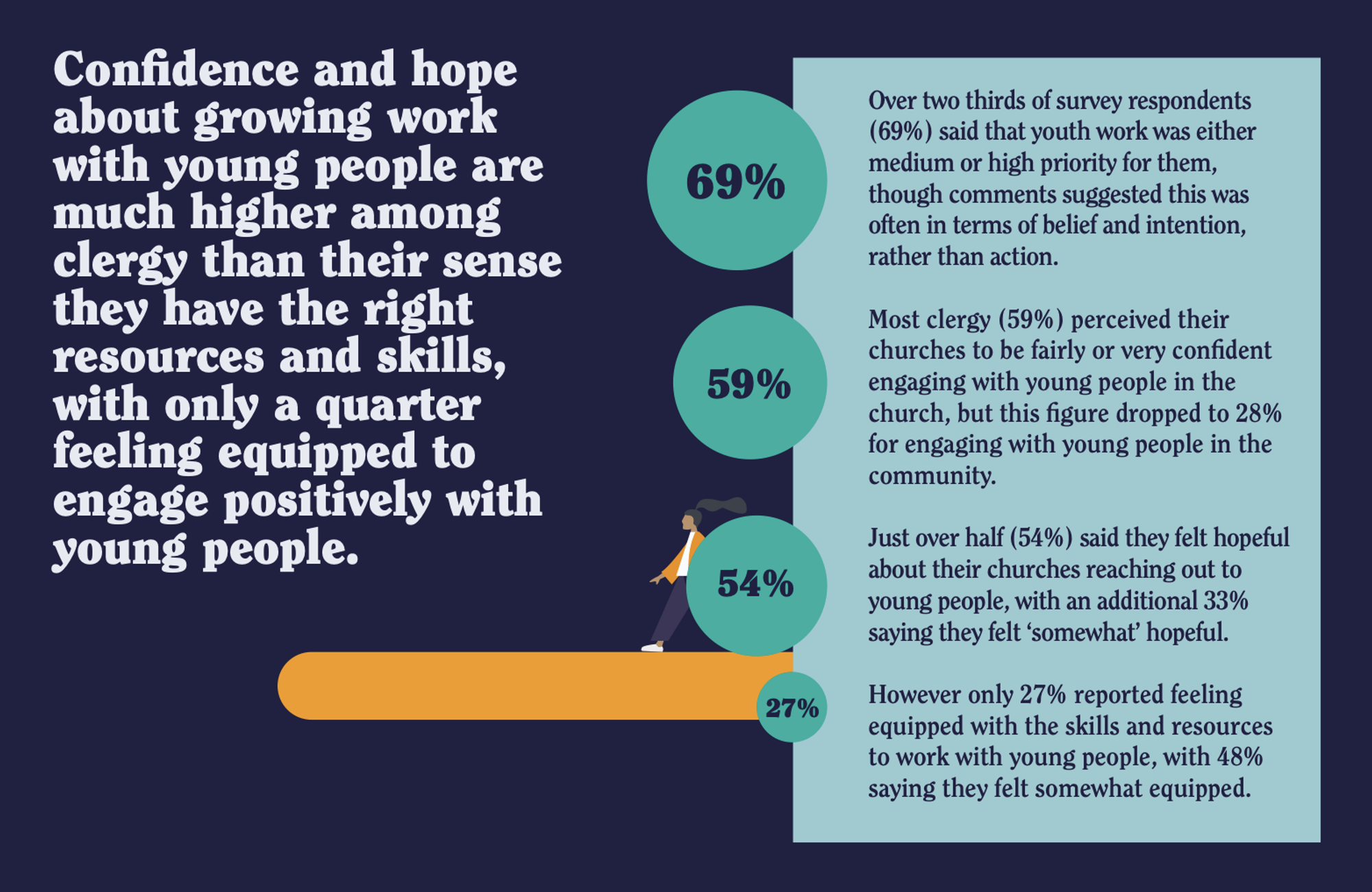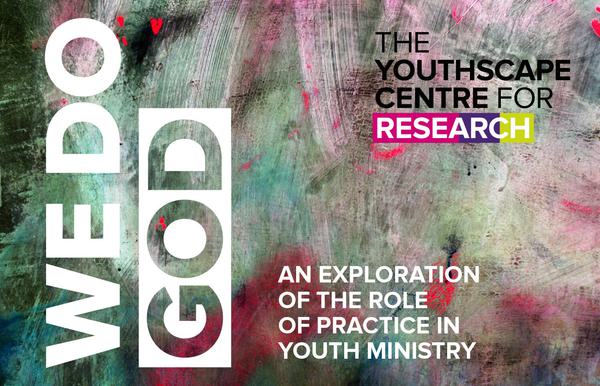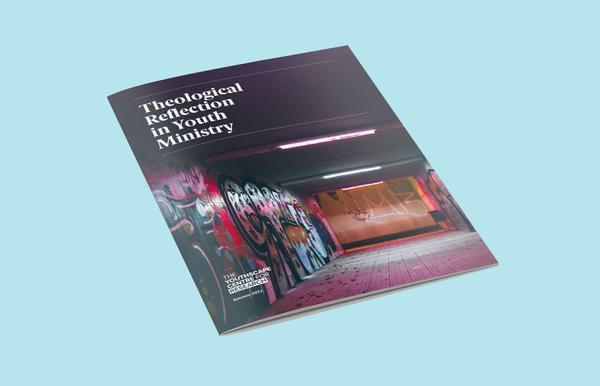In 2019, the Youthscape Centre for Research was commissioned by the Diocese of St Albans to carry out research to establish the scale and scope of youth work in the Diocese and to identify the challenges and opportunities facing churches.
HOW WE DID THE RESEARCH
The findings are drawn from a survey and focus groups conducted with clergy over the Spring and Summer of 2020. Surveys were completed by 101 people, representing 188 churches (46% of the Diocese). In addition, 108 people took part in focus groups, that were hosted by 17 of the 20 Deaneries. We also held two focus groups for volunteer and employed youth workers, with eight participants.*
Our other major data source was Statistics for Mission returns for the Diocese between 2015 and 2018. These data sets were integrated with our own survey, to enable us to undertake secondary analysis and a variety of statistical tests. In building our research sample we aimed to reflect the diversity of church contexts, including rural, urban and suburban parishes as well as different traditions within the Church of England. Nearly three quarters of survey responses (72%) were on behalf of Benefices.
Key Findings
ONE
Most churches are in a trajectory of decline when it comes to the participation of children and young people in the church. At the current rate, the average Sunday attendance of 0-15 year olds in the Diocese would be zero in just ten years time. This trajectory is highly likely to accelerate as a consequence of COVID-19.
TWO
Most churches are at the point where they have few or no young people attending services. They are often caught in a cycle of decline in engaging young people which is difficult to interrupt.

THREE
There is much greater focus on work with children than young people across the Diocese. Without the development of youth provision many of these children are unlikely to stay connected to churches when they reach adolescence.
FOUR
Less than a third of churches offer any kind of regular youth activity and youth groups are no longer the main way that churches provide support to or engage with teenagers.

FIVE
Youth-focused activity in churches is mostly led by small numbers of volunteers. There are few paid workers. Where there is someone with responsibility for young people (voluntary or paid) clergy are more likely to prioritise youth work and to feel equipped to reach young people.
SIX
Less than half the churches surveyed actively partner with parents to support young people’s discipleship.
SEVEN
Confidence and hope about growing work with young people are much higher among clergy than their sense they have the right resources and skills, with only a quarter feeling equipped to engage positively with young people.

EIGHT
Congregants and clergy encounter young people in a range of ways outside formal church activities. But few churches create ways to grow these contacts into relationships, or build pathways to faith.
NINE
There are opportunities for every church to engage with youth ministry, regardless of their circumstances.
TEN
Moving forward, clergy stress the need for a renewed confidence in the relevance of the gospel for young people. They also identify a need for more partnerships, whole church ministry, openness to change and a need to look beyond Sunday service attendance.
SO WHAT?
If nothing is done, it looks very likely that there will be continued decline in engagement with young people. Few churches will have any contact with young people or play a part in serving their needs.
The research suggests that decline has become normative, but there is a risk that it will also be normalised. There is an opportunity in this moment to acknowledge the fragility of much engagement with young people, the experience and efforts of those who continue to lead youth ministry and the need for significant investment.
The numbers are small, but this is a reason to invest in mission to, and with, teenagers, not to abandon it.
Not every church will be able to provide youth activities, but every church can hold young people in mind, and understand that they have a role to play in prayer and being present to those who cross their paths.
For those that have a handful of teenagers, there is a need to think creatively and deeply about how faith development happens and hold confidence that the Church can be a safe place for young people to encounter the radical love of God.
And of course, some churches may need to lead: to share what they are doing and help to inspire and equip others to join this high calling to serve young people.
Everybody has a part to play.
“God hasn’t changed. His power is undiminished, he can still change lives and work through hopeless people like me. That’s why I remain hopeful, despite our weaknesses.” (Vicar, focus group)
* Inevitably the COVID-19 pandemic created some significant challenges; not only for carrying out the research, but also for churches themselves in sustaining their relationships with young people. While acknowledging the impact of the pandemic, this report focuses on the wider context, challenges and opportunities.









